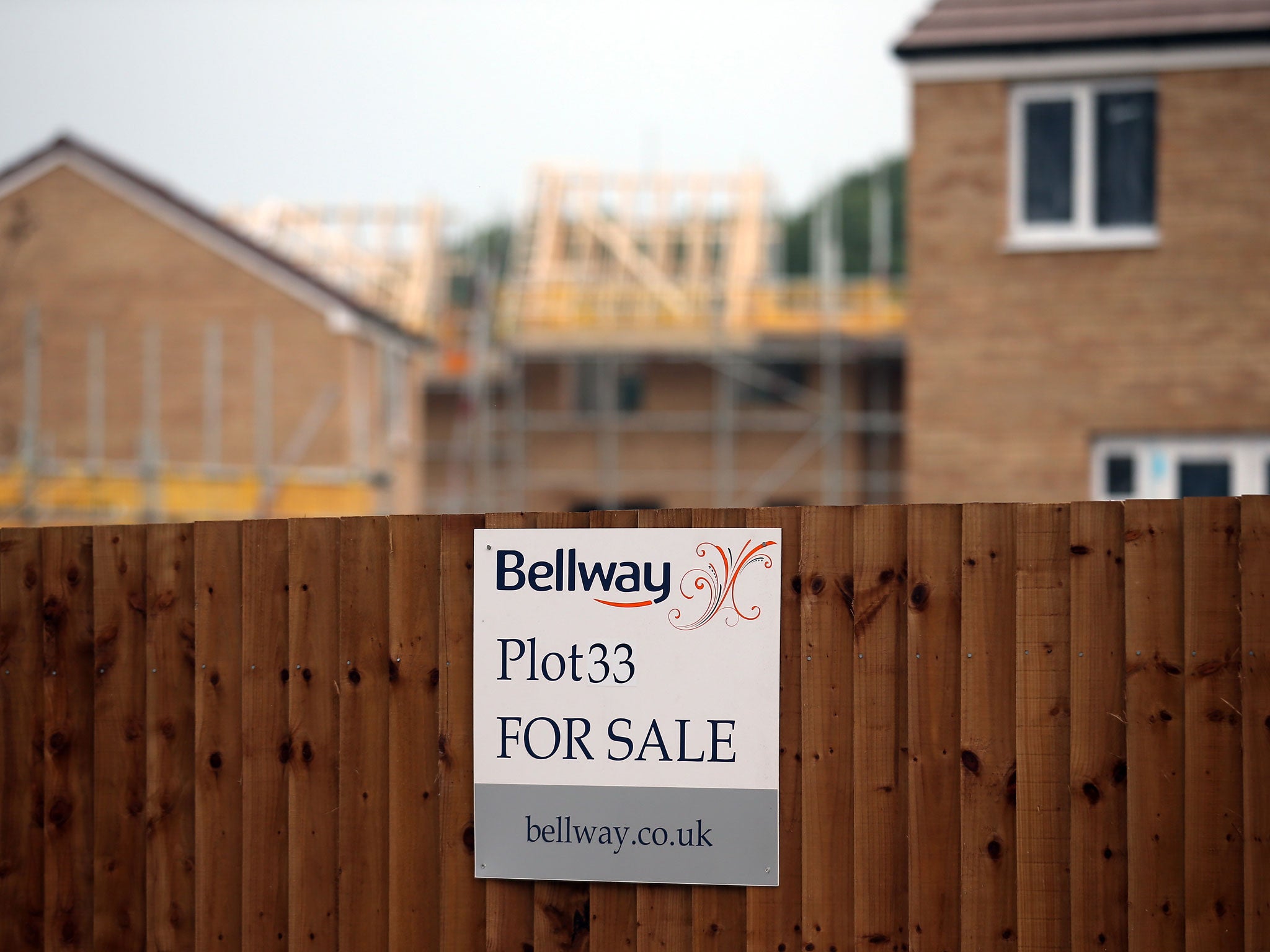Fresh fears of housing bubble as demand soars and supply shrinks
New survey confirms that the property market is becoming overheated

Your support helps us to tell the story
From reproductive rights to climate change to Big Tech, The Independent is on the ground when the story is developing. Whether it's investigating the financials of Elon Musk's pro-Trump PAC or producing our latest documentary, 'The A Word', which shines a light on the American women fighting for reproductive rights, we know how important it is to parse out the facts from the messaging.
At such a critical moment in US history, we need reporters on the ground. Your donation allows us to keep sending journalists to speak to both sides of the story.
The Independent is trusted by Americans across the entire political spectrum. And unlike many other quality news outlets, we choose not to lock Americans out of our reporting and analysis with paywalls. We believe quality journalism should be available to everyone, paid for by those who can afford it.
Your support makes all the difference.A 10.2 per cent jump in housing demand in the last six months will add to fears that the property market could soon become overheated.
According to a national housing survey published today, supply shrank 0.6 per cent over the same time period.
In the last month demand climbed 3 per cent while supply fell 3.5 per cent. That imbalance led to a 0.5 per cent rise in prices, leaving November the third month in a row to record such an increase.
“The number of people looking to buy far outweighs the number of available homes on the market, and this hot competition is what’s really driving up house prices,” said Richard Sexton, director of e.surv chartered surveyors. “It’s a case of a supply and demand imbalance that desperately needs to be reset.”
The research by Hometrack echoed the monthly figures published on Friday by Nationwide. They suggested that house prices are surging at their fastest rate for more than three years.
Nationwide’s figures said the average cost of a home rose 0.6 per cent in November, leaving it 6.5 per cent higher than a year ago.
The rise was led by double-digit growth in London, but rises are now accelerating in other regions.
Today’s figures that back up. The report reveals that the major change in the last 12 months has been a shift from falling house prices in regions outside London to prices rising steadily off a low base as demand picks up.
However much of the house price growth outside London remains muted and some distance from what could be described as a housing bubble, according to Richard Donnell, director of research at Hometrack.
“There are wide regional variations in the relative balance between supply and demand and this impacts the extent and scale of house price growth,” he said. “London and the South-east have the greatest supply-demand mismatch and have seen house prices grow by 4.8 per cent and 3.2 per cent respectively. In contrast, northern regions have negligible imbalance and price rises have been less than 0.5 per cent over the last six months.”
He warned that mortgage rates could start climbing after the Government announcement last week that it is withdrawing its support package for domestic lending under the Funding for Lending scheme, because of fears that rising house prices could derail the recovery.
“The move is likely to result in mortgage rates drifting higher and reducing the buying power of households reliant on mortgages to fund a home purchase,” Mr Donnell said. “It is important to note, however, that home owners using a mortgage to buy a home account for just six in every ten sales.”
In fact two-fifths of property transactions are cash buyers and buy-to-let investors with a mortgage.
Buy-to-let lending is expected to boom next year, reaching £25bn by the end of 2014, a 25 per cent increase on lending in 2013.
That’s according to forecasts by Mortgages for Business. David Whittaker, managing director, said: “The appetite for expansion is large among property investors. Yields are strong, property prices are rising and demand from tenants shows little sign of slowing.”
Join our commenting forum
Join thought-provoking conversations, follow other Independent readers and see their replies
Comments